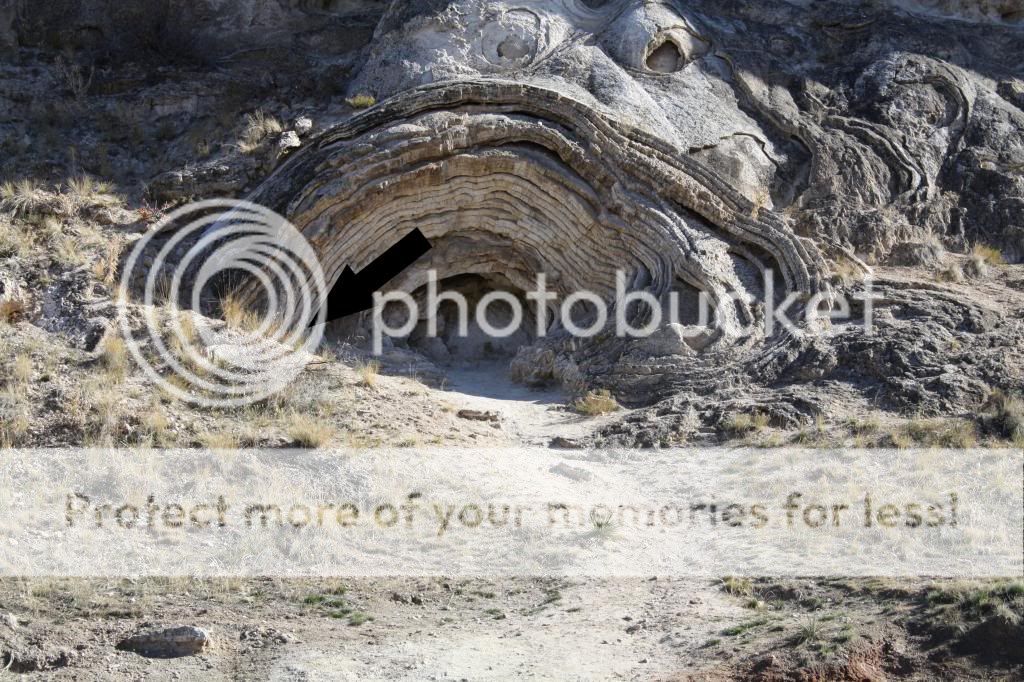Travertine is a type of limestone that is most often formed at warm or hot mineral springs. As the warm, mineral-saturated water reaches the earth's surface, the dissolved mineral matter precipitates in to thin layers of calcium carbonate (CaCO3 ). Over time the minerals build up into deposits of travertine. Because of the unique manner of which it is formed, travertine can be harvested and renewed.
Travertine coloring is often white, tan and cream-colored variations, though other colors can found is some locations. The variations of color are from not only from the mineral rich water but also from algae and plankton that are suspended in the water. Travertine is characterized by naturally occurring holes (or pores) and troughs in its surface.
Travertine can be used as a building material and is found all over the world. Since the Ancient Roman times, travertine was a common building material in the Roman temples, aqueducts, monuments and other buildings. The largest building in the world constructed mostly of travertine is the Roman Colosseum.
Today, travertine is commonly used for wall cladding, facades and flooring. It is also often used as a paving stone for outdoor patios and garden paths. The naturally occurring holes (pores) and troughs in the stones surface can be filled with grout or left open depending on the use and desired look of the stone. Travertine can also be polished to a smooth shiny surface. As a modern building material, travertine is mostly quarried in Italy, Turkey, Iran, Mexico and Peru. There are some small queries in the United States
In the United States, the most well-known place for travertine formations is Yellowstone National Park due to the geothermal activity.
Travertine deposits here in Thermopolis are from the natural mineral hot springs located here at Hot Springs State Park. The most prominent and visible example of travertine deposits are the Rainbow Terraces along the Big Horn River formed by The Big Springs. As you travel around the state park you will begin to notice older deposits that were formed when other hot springs were flowing at these locations. The travertine here at this location is one of these older deposits.
To log this Earthcache, send me an email with the answers to the following questions:
1) At the above posted coordinates is a unique travertine formation. How many distinct layers on the North (left) side of the formation at ground level are there? See the photo below.

2) Describe the travertine material at this location and if it was quarried would it make a good building product? (example is it rough or smooth, porous or impermeable, dull or shiny)
3) In your opinion, describe how the travertine formation may have developed into such distinct layers.
Feel free to post photos, but please do not post any close up photos that would answere any of the questions.
The above information was compiled from the following sources:
Lageson, D.R., and Spearing, D.R. Roadside Geology of Wyoming, 2nd Edition.
Alt, David D., and Hyndman, Donald W. Roadside Geology of Idaho
http://en.wikipedia.org/wiki/Travertine
http://geology.about.com/od/rocks/ig/sedrockindex/rocpictravertine.htm
http://geology.com/rocks/limestone.shtml